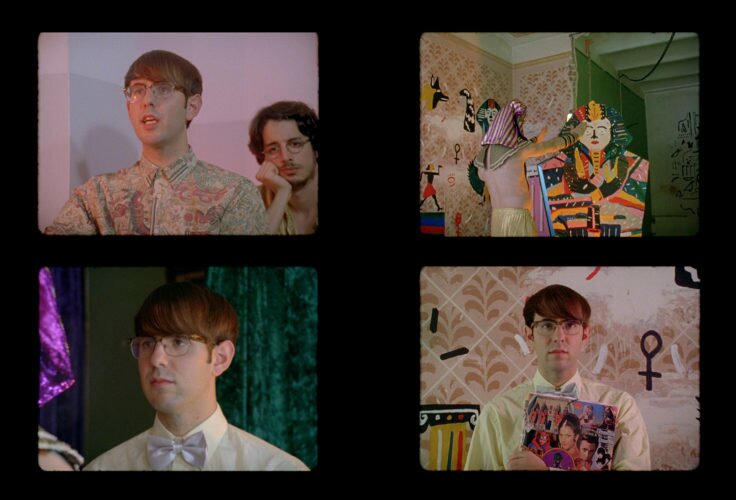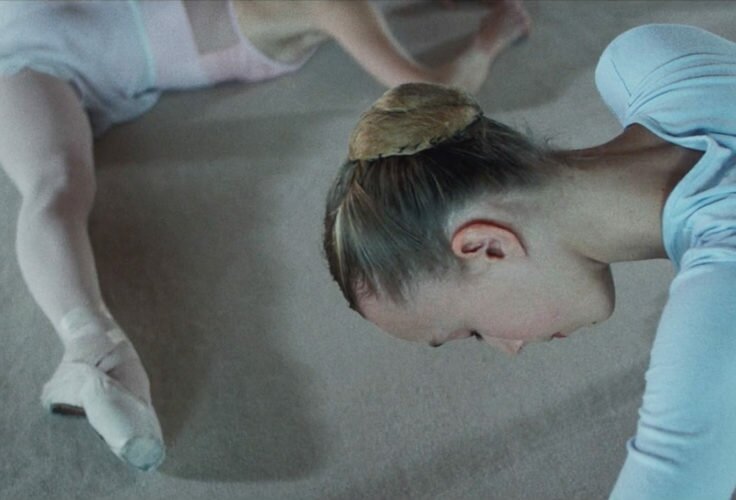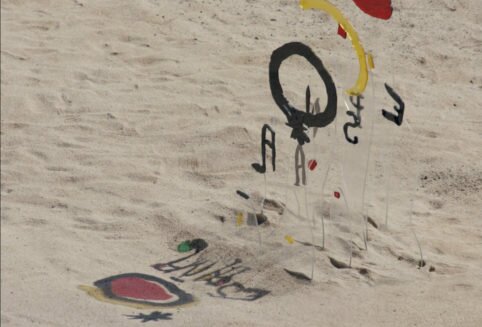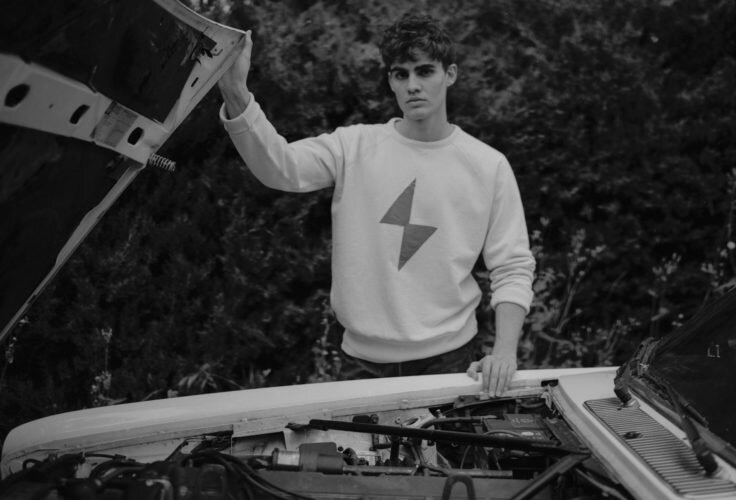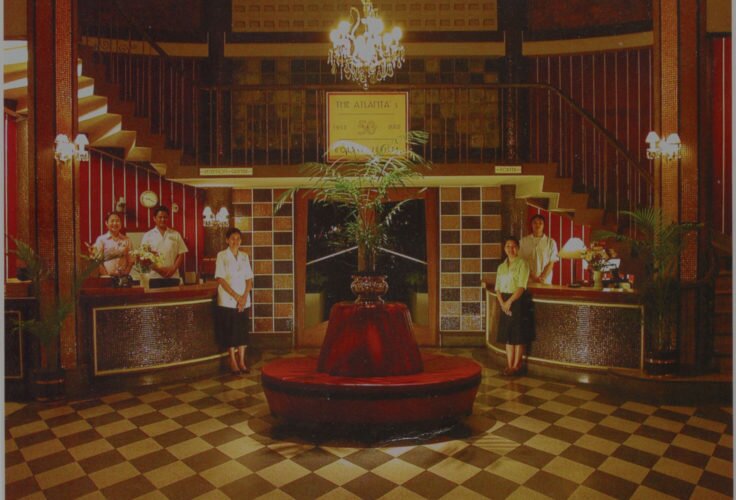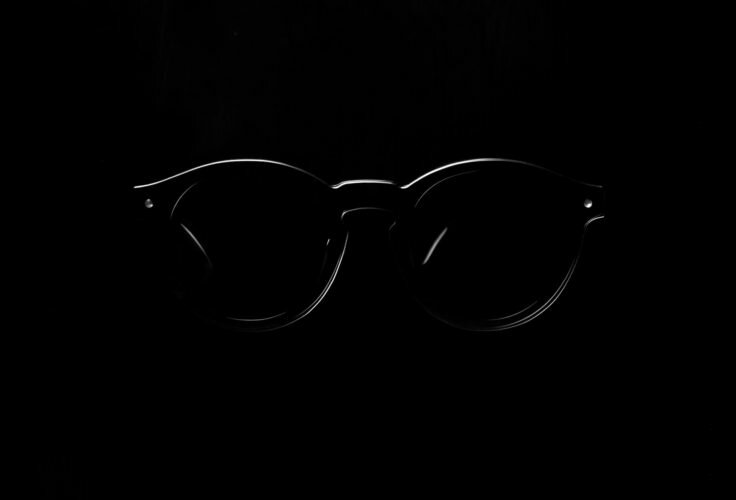An anonymous mass of people walks aimlessly towards a hole. Gerard Casau discovers the contradictory origin of this popular and recurring GIF.
Weekly GIF.

Deadly Friend, film poster

by
Gerard Casau
Any person who’s spent lots of nights at home gorging on horror films has done this some time or another: one is lying on the sofa paying more or less attention to a movie (or feeling more or less drowsy) when, all of sudden, there comes a scene (usually a murder, mutilation or particularly virulent transformation) that changes the game from all that has been shown before and makes us stretch our bodies and jump to grab the remote to rewind the image and make sure that what we’ve seen is what has happened. This in fact might be the characteristic that better describes the technological improvement of owning and watching movies at home: the possibility of “seeing again” that life usually denies us. The rewinding process has evolved with time as well: if during the VHS era each new going back to a previous scene meant the tape would get more and more wasted (something that could end up leaving a mark on each movie or recorded programme’s highlights), DVD, Blu-Ray and digital files have refined the process to the extent of rendering it painless for the image. And what are GIFs but the last manifestation of this desire to “watch again”? Their reductionism grants fans the ideal tool to isolate those scenes they get more pleasure from. Now it’s not even necessary to rewind, because in this microcosm we only have the close-up shot of the carnage, the one more obviously revealing the illusion of the special effects and make up.
Precisely, the GIF we have selected this week removes a highly rewindable moment from its filmic body in order to repeat it ad nauseam. The scene in question belongs to Deadly Friend, a film directed by a disoriented post-Nightmare on Elm Street Wes Craven and designed exclusively for Kristy Swanson to show off her talents in playing the role of a deceased teenager come deadly cybernetic offspring. During a moment of the film, Swanson barges in the house of her horrible neighbour and throws a basketball ball at her with such force that it bursts her head open.
This skull explosion might not be as legendary as the one in , but it’s the most remembered scene of an otherwise generally ignored title. In fact, Deadly Friend‘s inner story reveals that this scene was a late off-script addition: Wes Craven’s intention was to shoot a film without too much violence, more character-centred, but neither the studio nor the test screenings agreed with the capriciousness of such a sci-fi drama and asked for more gore. In Craven’s invisible director’s cut, the neighbour’s death was a lot less vicious, since we only saw her dead body trespassing the main door of the house after the (presumably) superhuman beating Samantha inflicted upon her (some instances of the original sequence can be seen on the film’s ). Thus, the spectacular gore burst imposed by the producers was meant to become a memorable scene, but the director didn’t want to disguise the fact that it was an anti-natural patch, and so it features an unusually long scene with Anne Ramsay in a ridiculously long static position, almost as if she was getting ready to be sacrificed. It’s a badly shot and badly acted scene, an awful cinematic moment that the eternal return of the GIF turns into something glorious. Somehow, the reductionism of the file destroys Craven’s artistic aspirations and even goes beyond the producers’ idea: this explosion of blood and brains isn’t only the best thing in Deadly Friend, but the only thing worth seeing. It’s a pity, though, that the GIF’s short length might deprive us of the , in which the headless body stumbles across the room until it absurdly collapses, making room for laughter over all the horror and disgust.







